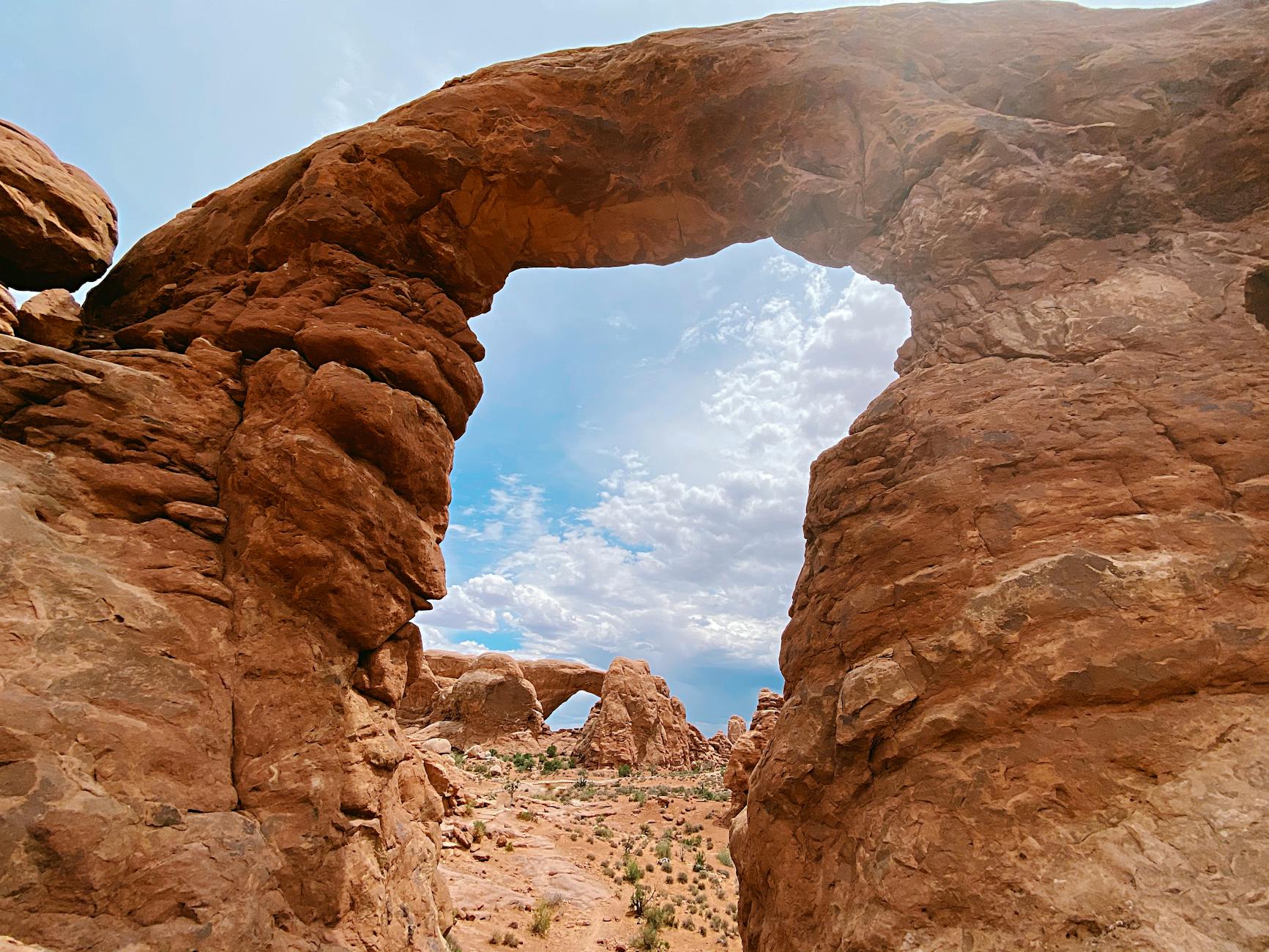Grand County is officially in the middle of a drought emergency, and longer-term forecasts show few encouraging signs that the outlook for more precipitation will improve this winter.
The Grand County Council voted 6-0 on Tuesday, Jan. 16, to approve a resolution declaring that drought conditions persist this season, posing threats to the local agricultural industry, water supplies and the county’s overall economy. Council member Patrick Trim was absent from the meeting.
According to Grand County Emergency Management Director Rick Bailey, the declaration helps trigger a response from federal and state agencies – especially for farmers and ranchers who are more likely to need assistance in the coming months.
“It encourages federal agencies that are on the agriculture side to do something,” he told the council.
That aid could range from assistance with hauling water to supplying ranchers with feed and grain. And in the event that the U.S. Secretary of Agriculture designated a disaster area, the U.S. Department of Agriculture also offers emergency loans, as well as Farm Service Agency disaster assistance programs, to drought-stricken counties.
Council members have the option to renew their resolution every 30 days for as long as drought conditions persist, and judging by weather statistics and predictions, they might have to.
“While we had a little moisture in December, it hasn’t been great,” Bailey said.
Local mountain snowpack is far below average, at 12 percent of normal, and recent storms only boosted southeastern Utah’s snow-water equivalent from 11 percent to 26 percent of normal, according to National Weather Service hydrologist Aldis Strautins.
A storm is expected to bring rain and possibly some snow to the Moab area this weekend. But Jim Pringle, a meteorologist with the National Weather Service in Grand Junction, Colorado, isn’t expecting the forecast to improve during the remaining weeks of winter.
“It’s not exceptionally optimistic for precipitation in southeastern Utah at this point,” he said. “… We’ll get some bits and pieces of moisture coming through February, but right now, it doesn’t look hopeful in terms of big storms changing drought conditions.”
The region has been in the grips of weak to moderate La Niña weather patterns this season, Pringle said, and those patterns will likely continue through mid-February.
The National Weather Service’s Climate Prediction Center was expected to revise its seasonal drought outlook on Thursday, Jan. 18.
Pringle said he can always hope for a repeat of 1977, when an abnormally dry winter gave way to a spring that saw one storm after another pass through much of Utah. Yet the projected weather patterns for the coming months of March, April and May aren’t looking much different at this point.
“I don’t have a huge amount of confidence in the spring outlook,” he said.
However, Pringle said that he and his fellow National Weather Service meteorologists are confident that temperatures across the Southwest will be above average – at least through the fall of this year. That projection raises concerns about another potential impact that the council’s resolution addresses: the risk of wildfires.
Culinary water storage looks “pretty good”
While drought-related impacts on Thompson Springs’ culinary water system are one area of concern for Bailey, he indicated that he is not worried right now about water supplies in Moab and Spanish Valley.
“I don’t think there’s an impact toward culinary systems at this point, storage-wise,” he said.
“That’s kind of what the (National Weather Service) has been indicating to us, is culinary water looks pretty good,” he added.
The state has a “huge war chest” in its disaster budget, Bailey said. So if something happened to a culinary water system in Grand County, he said, officials will be in a better position under the drought declaration to request assistance from the Utah Department of Environmental Quality and other agencies.
For the time being, though, Bailey said the drought poses the greatest potential risk to the livestock industry and irrigators.
“The (agriculture) side looks pretty bleak,” he said.
According to Bailey, the U.S. Bureau of Land Management (BLM) sent out letters that “basically” tell livestock permitees to prepare for significant reductions in numbers. At the same time, he said, he’s talked to ranchers in Emery County who are looking at the possibility of reducing their livestock numbers.
Grand County Council chair Mary McGann noted that The Nature Conservancy is also concerned about the current drought, and she suggested that the county will be in a better position to act once the resolution is in place.
“It’s (about) being proactive and getting ready to jump on this,” McGann said.
The resolution that the council ultimately approved strikes one sentence from the resolution which is at odds with statistics from the National Weather Service, the Natural Resources Conservation Service’s Utah Snow Survey Program and the Grand Water and Sewer Service Agency, among others. The sentence claimed that “only negligible” amounts of snow fell in Grand County during the winter of 2017, when snowpack for that season was actually well above average.
Grand County Council vice chair Curtis Wells, who made the motion that removed the sentence in question from the resolution, said he realizes that the county is currently experiencing problems with a lack of moisture. But he questioned the inclusion of the verbiage from Bailey, noting that it conflicted with data he’s seen during local water board meetings.
“The council’s going to be voting on this, and we don’t have data in front of us,” Wells said. “We just have a resolution with verbiage on it, so it’s not a great position to be in as a board member. You don’t want to not take the right stance on the drought issue, but you don’t want to make statements that overcompensate or aren’t supported by the data.”
Resolution could trigger federal, state aid for agriculture industry
For the latest information about the seasonal drought outlook, go to: www.cpc.ncep.noaa.gov.
We’ll get some bits and pieces of moisture coming through February, but right now, it doesn’t look hopeful in terms of big storms changing drought conditions.





